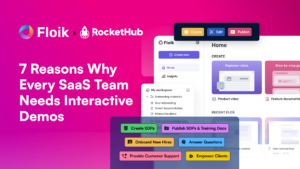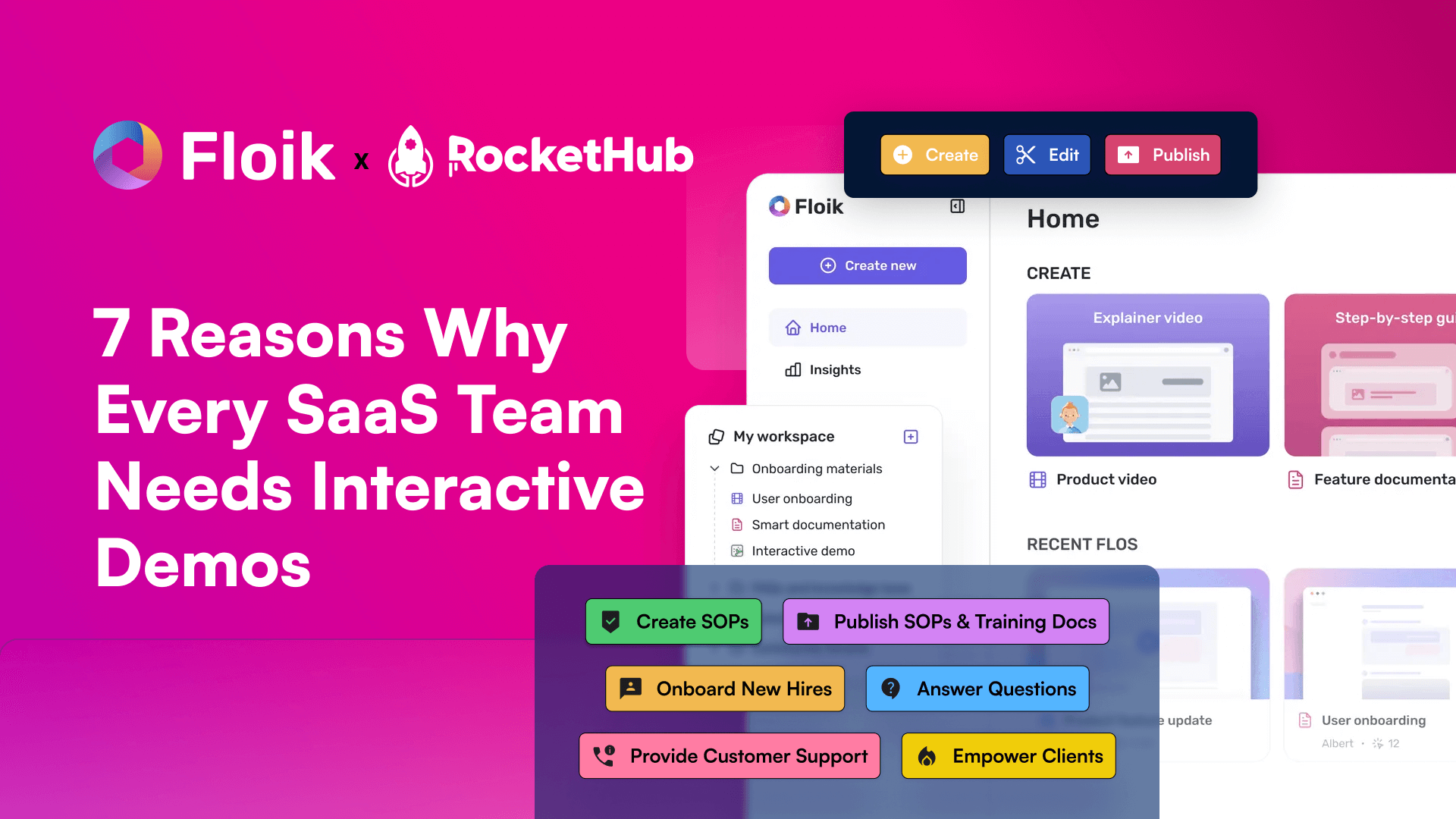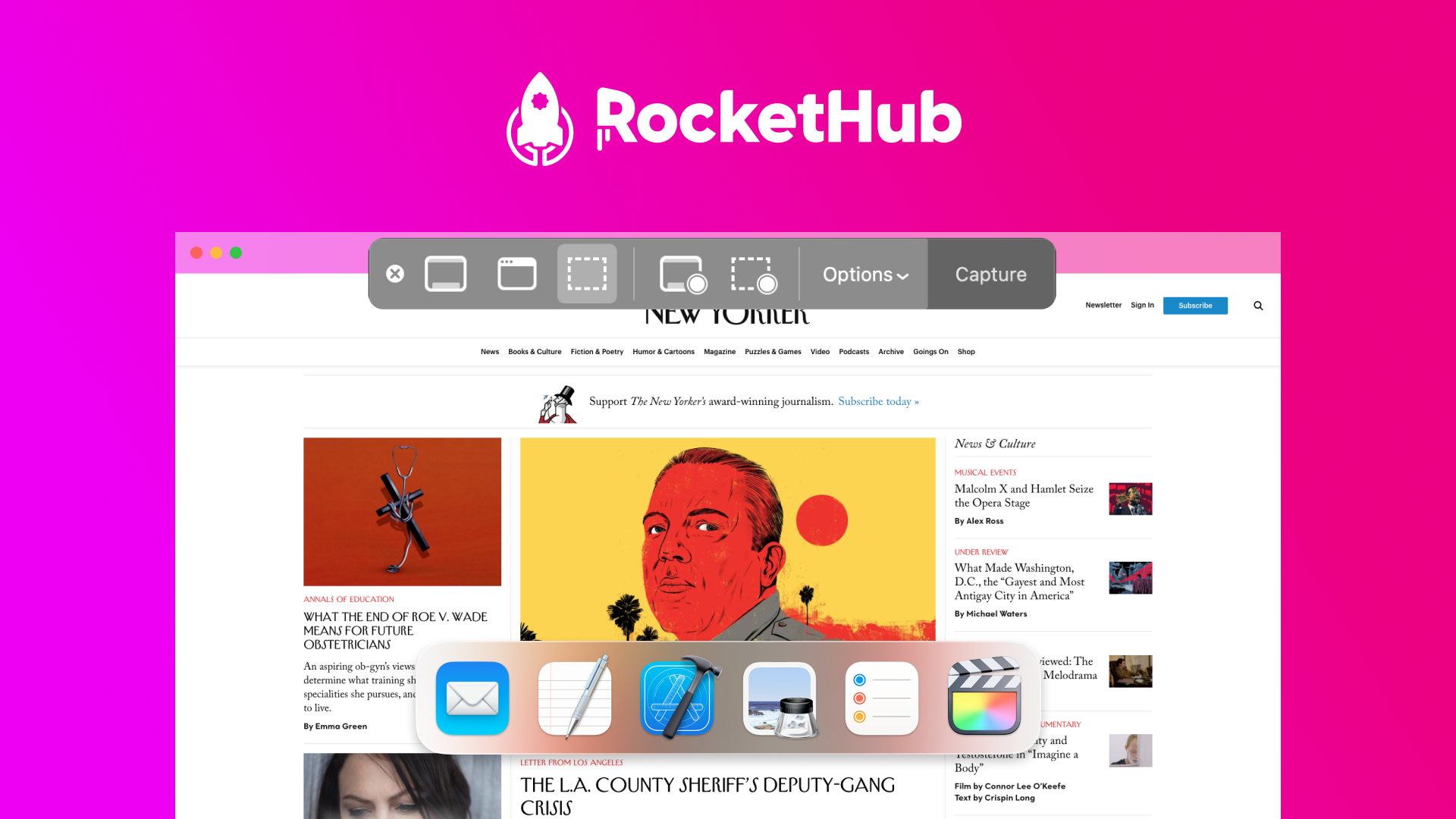
5 Reasons Why SaaS Startups Fail
- Angel Alfred
- April 21, 2023

Many SaaS startups fail to make it past their first few years, with only a select few achieving significant success. This can be a discouraging truth for aspiring entrepreneurs looking to break into the industry. But why do so many SaaS startups fail? In this post, we’ll unpack five of the most common reasons why SaaS startups struggle to survive. From lack of market validation to poor user acquisition strategies, we’ll explore the pitfalls that can cause even the most promising SaaS startups to fail.
5 Reasons Why SaaS Startups Fail

Now let’s dive in and examine some of the most critical factors that can make or break a SaaS startup’s success!
1. Lack of Market Demand
Failure to validate market demand can be disastrous for SaaS startups. Launching a SaaS product without sufficient market research can lead to a lack of demand, low sales, and ultimately, business failure. The most common reason for SaaS startups to fail is that they build a product that nobody wants. It is essential to ensure that there is enough demand for your product before you start building and investing heavily in your business.
One example of a SaaS startup that failed due to a lack of demand is Nirvanix, a cloud storage company that shut down in 2013. Nirvanix was founded in 2007 and raised over $70 million in funding. However, the company struggled to generate enough demand for its services and could not compete with bigger players in the market such as Amazon Web Services and Microsoft Azure. The company eventually shut down, leaving its customers scrambling to find a new storage provider.
Another example is Joost, a video streaming platform founded in 2006. Joost was backed by high-profile investors and had partnerships with major media companies. However, the company failed to attract enough users and generate sufficient revenue. It eventually pivoted to become a white-label video platform but ultimately shut down in 2012.
To avoid failure due to a lack of demand, SaaS startups must validate their product idea before launching. Here are some ways to validate market demand before launching a SaaS startup:
- Research your target market to understand their needs, pain points, and preferences. This will help you identify whether there is enough demand for your product.
- Build a basic version of your product and test it with a small group of potential customers. This will help you gather feedback and identify any necessary improvements.
- Invite a larger group of potential customers to test your product and provide feedback. This will help you identify any issues and ensure that your product meets their needs.
- Once you have launched your product, monitor metrics such as user engagement, retention, and revenue. This will help you identify whether your product is resonating with your target market and make necessary adjustments.
By validating market demand before launching a SaaS startup, entrepreneurs can increase their chances of success and avoid costly mistakes.
2. Poor Product-Market Fit
Product-market fit is a concept that describes the alignment between a company’s product or service and its intended target market. It refers to the point where a company’s offering solves a problem or meets a need that is significant enough to warrant demand and drives growth in the market.
Achieving product-market fit is critical because it means that a company has identified a viable business opportunity and validated that there is a need for its offering in the market.
The failure to achieve product-market fit can lead to the ultimate failure of a company. It can result in a lack of interest or demand for the product or service, leading to low sales and revenue. It can also lead to negative customer feedback and reviews, which can hurt the company’s reputation and damage its ability to acquire new customers.
Without product-market fit, a company can struggle to differentiate itself from competitors and may not be able to sustain growth in the long term.
There are several examples of SaaS startups that failed due to poor product-market fit. One of the most well-known examples is Juicero, a startup that created a juicing machine that required proprietary packets of pre-cut fruits and vegetables.
Despite raising over $120 million in funding, the company failed because its product was too expensive, and the market did not see the value in it. Another example is Color, a genetics testing startup that failed to gain traction because its service was too complex and did not provide clear value to customers.
To achieve product-market fit, startups must understand their target customers’ needs and pain points and develop a product or service that solves those problems. One effective way to do this is through customer discovery and validation, which involves talking to potential customers, testing prototypes, and gathering feedback to iterate and improve the product.
Startups can also use data analytics and user testing to gain insights into customer behavior and preferences, allowing them to refine their offering and optimize their marketing strategies.
3. Lack of Funding or Runway
Insufficient funding or runway can be a major factor in the failure of a startup, particularly in the software-as-a-service (SaaS) industry. Runway refers to the amount of time a startup has before it runs out of funds, and it’s a crucial metric to consider when building a successful company. Without enough runway, a startup may be forced to cut corners, reduce its growth initiatives, or even shut down altogether.
One example of a SaaS startup that failed due to a lack of funding and runway is Joist, a mobile invoicing and payment app for contractors. Despite growing a user base of over 500,000 contractors, Joist ultimately ran out of money and was forced to sell its assets to a competitor in 2019. Another example is Nirvanix, a cloud storage provider that shut down in 2013 after running out of funds, leaving its customers stranded without access to their data.
Securing funding and extending the runway are essential tasks for any startup founder. One way to secure funding is through venture capital firms or angel investors, who can provide the financial resources needed to grow the business. Crowdfunding platforms such as Kickstarter and Indiegogo can also be a viable options for startups that have a product or service with mass appeal.
To extend the runway, startups can focus on revenue-generating activities, such as expanding their customer base, increasing the average order value, or offering premium features for a fee. Additionally, cutting costs can help to extend the runway, such as reducing staff, renegotiating vendor contracts, or finding more cost-effective marketing channels.
4. Ineffective Marketing and Sales Strategies
Effective marketing and sales strategies are crucial for the success of SaaS startups. Without proper promotion and sales tactics, even the most innovative and useful software can fail to gain traction in the market. Marketing and sales strategies help startups reach their target audience, increase brand awareness, and generate revenue.
For instance, Dropbox is an example of a successful SaaS startup that utilized effective marketing and sales strategies. They initially focused on viral marketing by offering additional storage space to users who referred friends. This approach helped them gain a large user base quickly, which they later monetized by offering premium features.
On the other hand, SaaS startups like Quibi and Juicero failed due to ineffective marketing and sales strategies. Quibi relied heavily on celebrity endorsements and short-form video content but failed to engage users effectively. Similarly, Juicero struggled to gain market share as its product was deemed too expensive and unnecessary.
To develop effective marketing and sales strategies for your SaaS startup, it is essential to understand your target audience and their pain points. Conducting market research and analyzing data can help you determine what motivates potential customers to use your software. Additionally, identifying your unique value proposition and highlighting it in your marketing efforts can help differentiate your product from competitors.
It is also essential to utilize various marketing channels, such as social media, content marketing, and email marketing, to reach potential customers. Creating engaging and informative content, such as blog posts, infographics, and videos, can help build brand awareness and attract potential customers. Moreover, offering free trials or demos can help customers understand the value of your product and increase the likelihood of conversion.
5. Failure to Adapt to Changing Market Conditions
The business world is constantly evolving, and companies must adapt to survive. Failure to adapt to changing market conditions can lead to a company’s downfall. This can happen in any industry, but it’s especially prevalent in the world of Software as a Service (SaaS) startups. SaaS companies rely on technology, which evolves at a rapid pace. If a SaaS company fails to keep up with these changes, it risks becoming obsolete.
One example of a SaaS startup that failed due to a failure to adapt is Nirvanix. Nirvanix was a cloud storage company that was founded in 2007. At the time, cloud storage was a relatively new concept, and Nirvanix was one of the first companies to offer this service.
However, the company failed to keep up with the competition, such as Amazon Web Services and Google Cloud, which offered similar services at lower prices. In 2013, Nirvanix filed for bankruptcy, leaving its customers without access to their data.
Another example is Color Labs, a photo-sharing app that was founded in 2011. Color Labs raised over $40 million in funding but failed to gain traction with users. The app was initially designed for group photo sharing, but users were confused by the complex user interface, and the app lacked a clear value proposition. The company failed to adapt to changing market conditions and eventually shut down in 2013.
To stay agile and adapt to changing market conditions, SaaS startups should focus on several key strategies. First, they should be constantly monitoring the market for new trends and technologies. This can be done through market research, competitor analysis, and attending industry events. Second, SaaS companies should have a flexible business model that can adapt to changing market conditions.
For example, they should be able to pivot to a new product or service if their current offering is no longer competitive. Third, SaaS companies should have a culture of experimentation and innovation. This means encouraging employees to come up with new ideas and testing them quickly to see if they have potential. Finally, SaaS companies should be customer-focused and prioritize customer feedback to improve their products and services.
Read: 10 Important Lessons From Bootstrapped Startups
Wrapping Up
Running a successful SaaS startup requires more than just a great product and a talented team. The reasons why most SaaS startups fail are varied and complex, but by addressing these five common pitfalls, founders can increase their chances of success. From focusing on customer acquisition and retention to ensuring a solid product-market fit and managing cash flow effectively, founders must be vigilant in every aspect of their business to stay ahead of the competition.
Share This Post
Angel Alfred
Angel is a digital marketer, a mental health speaker, and above all, a writer. She loves being a part of the RocketHub team and is keen on learning and taking over new challenges every day!
Table of Contents
Get The Latest Updates
Subscribe To Our Weekly Newsletter
Sign up below to be one of the first crew members onboard and get early access to amazing deals.
Recent Posts


Social Media
Categories
Related Posts

Lifetime Deal Platforms
The best lifetime deal platforms for software. Platforms lik RocketHub scour the web for the highest quality products to bring buyers the best lifetime deals on their platform.

How to Work for Yourself + 13 Solo Business Ideas
Do you ever wonder if being your own boss could truly set you free? In this article, we’ll explore the theory that unleashing entrepreneurial freedom

7 Reasons Why Every SaaS Team Needs Interactive Demos
Making a Case for Interactive Demos: 7 Reasons Why Every SaaS Team Needs Them Let me paint a scenario for you. You want to buy


